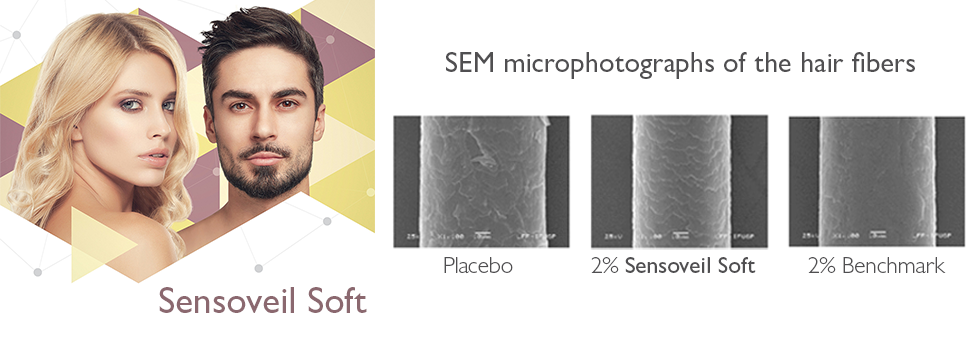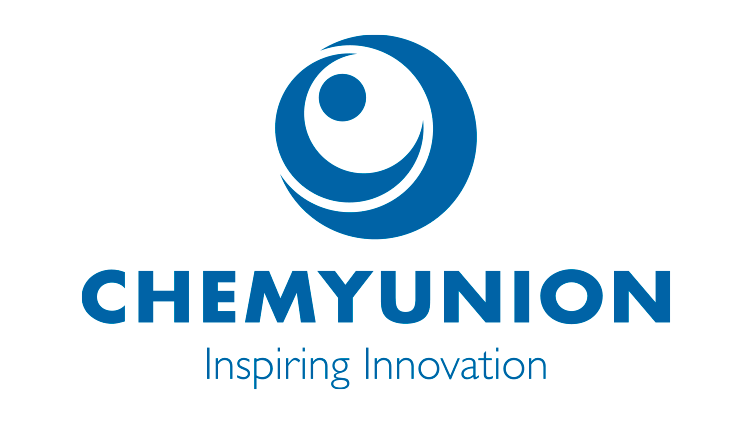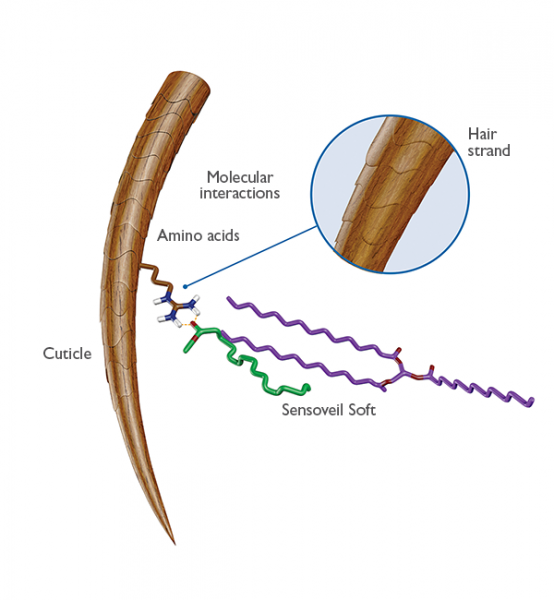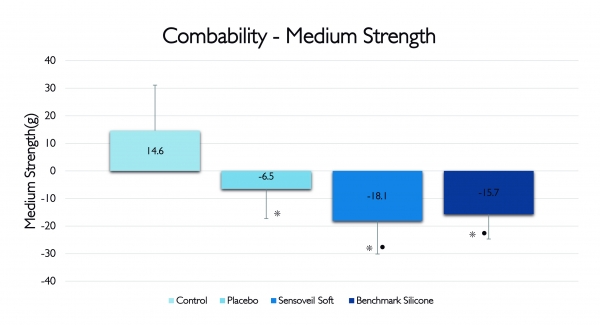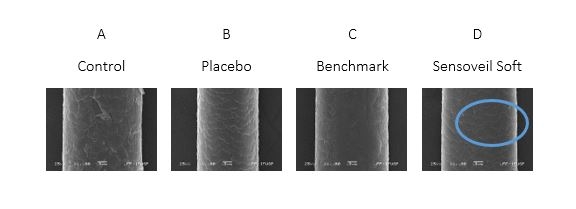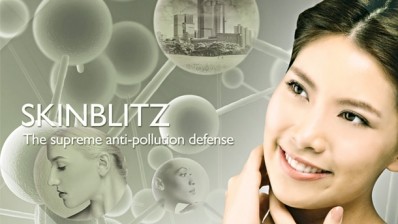Promotional Features
Overcoming challenges of capillary lipid replacement through innovative MOA
For Brazilians, the look of their hair is more important than the appearance of their skin. This ideal makes Brazil one of the largest markets in the world for hair products. Brazil influences hair trends globally and leads this sector in Latin America, where it represents 57% of the market share. A 2018 report by market research analyst firm Euromonitor noted that the hair care category grew 34.8% in Brazil between 2011 to 2016.
In Brazil, a “bad hair day” is taken very seriously and is literally avoided at all costs. A 2017 poll by Nielsen showed that 38% of Brazilian women consider natural hair to be most desirable. In Brazil, consumers increasingly seek hair beautification and transformation procedures -- thousands of straightening, coloring and bleaching processes are performed daily at hair salons, and at home.
However, the journey to attain beautiful, shiny, hydrated hair takes its toll, since hair strands are damaged by the simple act of combing them much less any other action to make them glossy, soft, healthy and visually appealing. A hair strand is a natural fiber, which contains two of the most important protective elements: keratin and lipids. The latter acts as a grease, lubricating the hair, thus facilitating combing and brushing.
The irony of all the beautification processes done to hair is that these natural components can be destroyed by washing and then further, when chemicals or heat are applied to achieve a style. This routine tends to make the strands dry, dull, brittle and weak. Since lipids do not regenerate, the only way to restore hair strands is by adding lubricating ingredients to the formulations of shampoos, conditioners, combing creams, etc.
The most popular products for this purpose are silicones, as they create a film, promote a silky touch, cover damage and eliminate most undesirable effects from over-treatment or environment. The disadvantage, however, is the incremental build-up, accumulation of multiple layers of silicone residue in the hair leaving the hair heavy, drained and greasy.
Oils – or oil-based repairing products – are another class of hair solutions that provide the same purpose. However, as there is no control over their deposition on strands, the consumer must remove excess oils by washing the hair twice or using a dry shampoo to obtain a satisfactory result.
There is obviously a problem to solve: how to formulate a hair care product that provides the desired attributes without the greasy, heavy buildup? Further, such a hair cleansing and beautification product needs to align with modern sensibilities – clean label, eco-friendly and sustainabile.
A New Solution
Chemyunion accepted the challenge. The company developed a new raw material, an emollient aligned with “green” trends, with outstanding performance and proven efficiency. Sensoveil Soft has an innovative action mechanism: it bridges the surface of hair and the sunflower, crambe and avocado oils (known for their emollient properties), which are present in its composition.
By means of a mechanism that uses polarity as a deposition, Sensoveil Soft binds to the amino acids on the surface of hair (derived from the keratin composition), forms a biofilm and acts as a bridge between the hair fiber and oils present in its composition. Thus, lipids are evenly spread over the strands, recovering shine, softness, combability and hydration, which is the result of aligned cuticles.
Sensoveil Soft Benefits:
- Replaces hair fiber lipids
- Improves sensory formulation in hair
- Improves combability
- Reduces frizz
- Forms a film without creating buildup
- Repairs after bleaching processes
- Enhances shine and softness
- May be used in vegan products
- Alternative to claims silicone-free, lanolin-free and lanolin derivatives-free
- 100% biodegradable
- China compliant
Sensoveil Soft Mechanism of Action
Efficiency tests
1. High combability
The products with Sensoveil Soft is 2.8x easier to comb compared to placebo.
Note:
* Significant reduction compared to the Control group (P<0.001)
● Significant reduction compared to the Placebo group (P<0.001)
2. Evaluation of cuticles through SEM (Scanning Electron Microscopy)
Sensoveil Soft treatment aligned hair cuticles, repaired after bleaching process and formed a desirable film without build-up effect, as shown in Figure D.
Conclusion
One’s hair is a statement of style, and in Brazil, women know that statement speaks louder than words.
